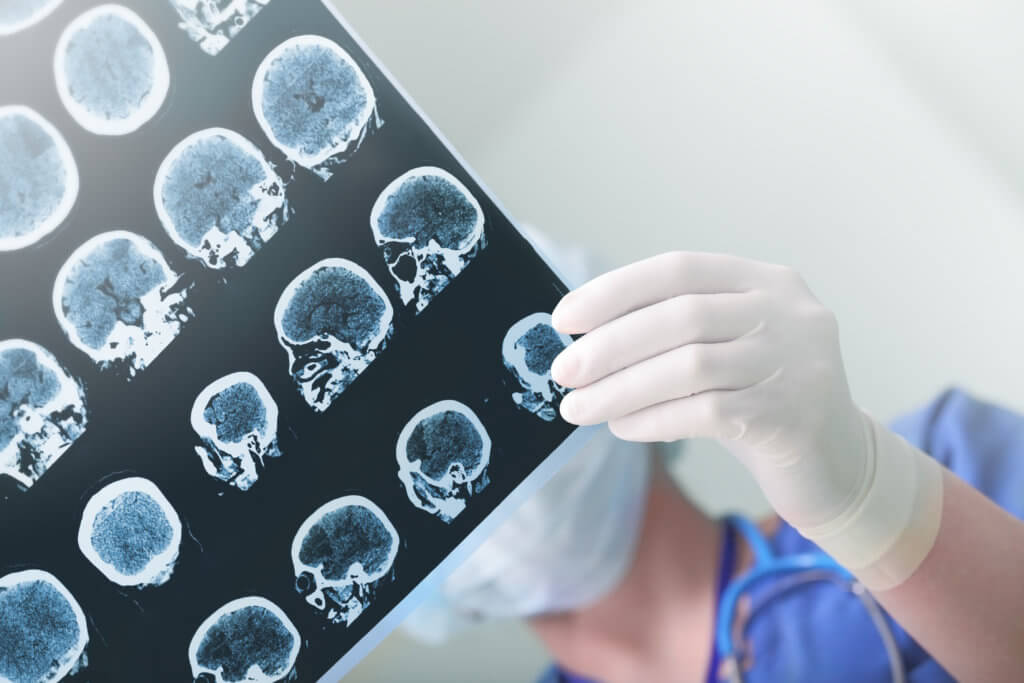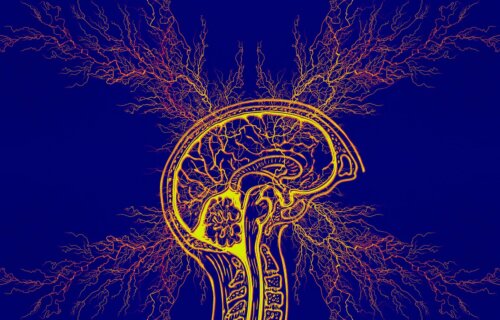HOUSTON — Doctors may not be miracle workers, but an incredible new breakthrough just might help a few see into the medical future of their patients. Scientists at the University of Texas Health Science Center at Houston say they can now predict seizures more than 30 minutes before they occur among patients with temporal lobe epilepsy.
This groundbreaking project, led by Sandipan Pati, MD, associate professor in the Department of Neurology with McGovern Medical School at UTHealth Houston, opens up the possibility of a new therapy using electrodes that could also stop seizures before they even start.
“The ability to predict seizures before they occur is a major step forward in the field of epilepsy research,” says Pati, senior author of the study and a member of the Texas Institute for Restorative Neurotechnologies at UTHealth Houston Neurosciences, in a media release. “These findings are significant because they suggest that we may be able to develop more effective therapies for epilepsy, which could greatly improve the quality of life for patients who suffer from this condition.”
Temporal lobe epilepsy is the most common seizure disorder. Estimates show that it impacts some 50 million people worldwide. There are two temporal lobes, one on each side of the head behind the temples. Mesial temporal lobe epilepsy, which accounts for about 80 percent of all temporal lobe seizures, involves seizures beginning in or around a part of the brain called the hippocampus. This region is responsible for controlling memory and learning. Neocortical or lateral temporal lobe epilepsy involves seizures starting in the outer region of the temporal lobe.

How do doctors treat this condition?
Surgery is a very common treatment for epilepsy patients, but when a patient’s seizures affect larger areas of the brain, removing part of the brain surgically just isn’t an option. Neuromodulation therapy could be an alternative solution for many patients with these seizures, according to Pati.
Earlier research focusing on continuous electroencephalography (EEG) — the measurement and recording of electrical activity in different parts of the brain — suggests seizures in people with focal-onset epilepsies often take place during periods of heightened risk, represented by pathologic brain activities referred to as “pro-ictal states.”
EEG-based detection of pro-ictal states is critical to the success of adaptive neuromodulation, as early detection allows for the application of electrodes to the patient’s seizure onset zone and thalamus.
In order to distinguish these pro-ictal states, Pati’s team studied and analyzed a prospective, consecutive series of 15 patients diagnosed with temporal lobe epilepsy. They underwent limbic thalamic recordings and routine intracranial EEG for seizure localization. In total, researchers analyzed 1,800 patient hours of continuous EEG.
Incredibly, study authors successfully detected pro-ictal states in patients with temporal lobe epilepsy at least 35 minutes before seizure onset. Moreover, in 13 of the 15 participants, the team distinguished pro-ictal states at least 45 minutes before seizure onset. Among the other two patients, they distinguished seizures up to 35 minutes prior.
While Dr. Pati believes that modulation of these brain regions during pro-ictal periods may be an effective therapeutic approach to treating temporal lobe epilepsy, scientists still have to confirm this theory through clinical trials. These findings could also lead to the development of electrical or drugs that prevent seizures.
“This study was made possible by the collaboration of a team of experts in neurology, neurosurgery, and neuroscience,” Pati concludes. “It highlights the importance of interdisciplinary research in advancing our understanding of brain disorders.”
The study is published in NEJM Evidence.

